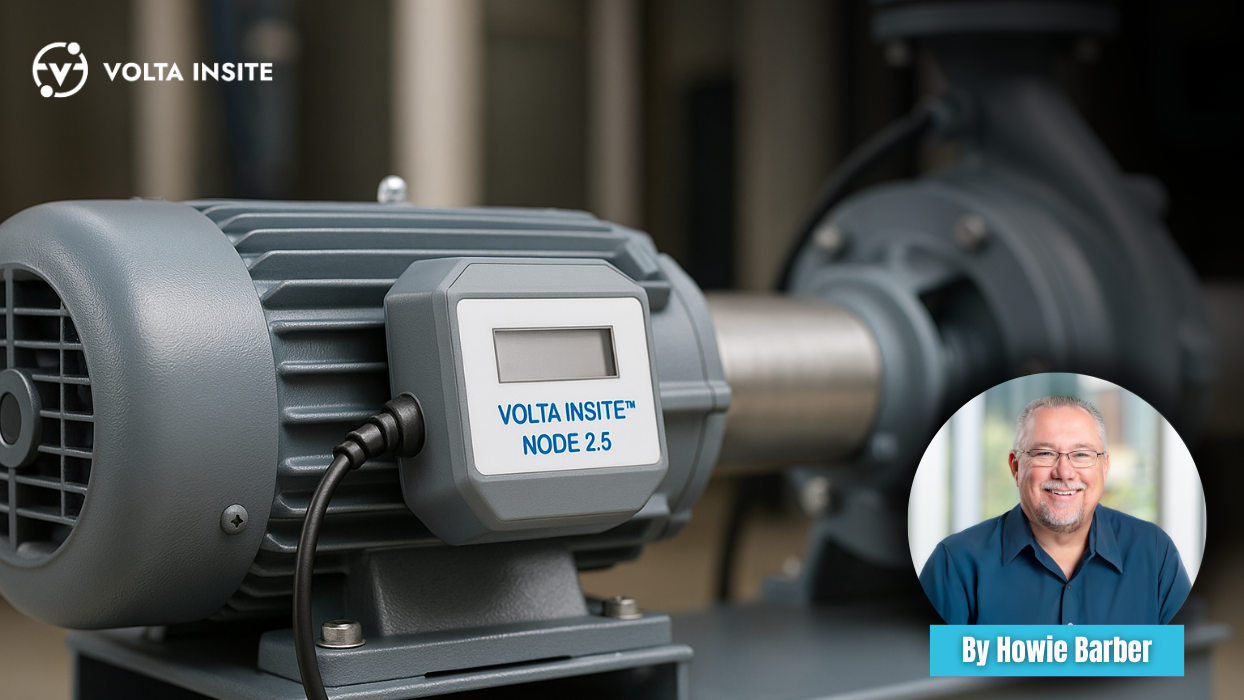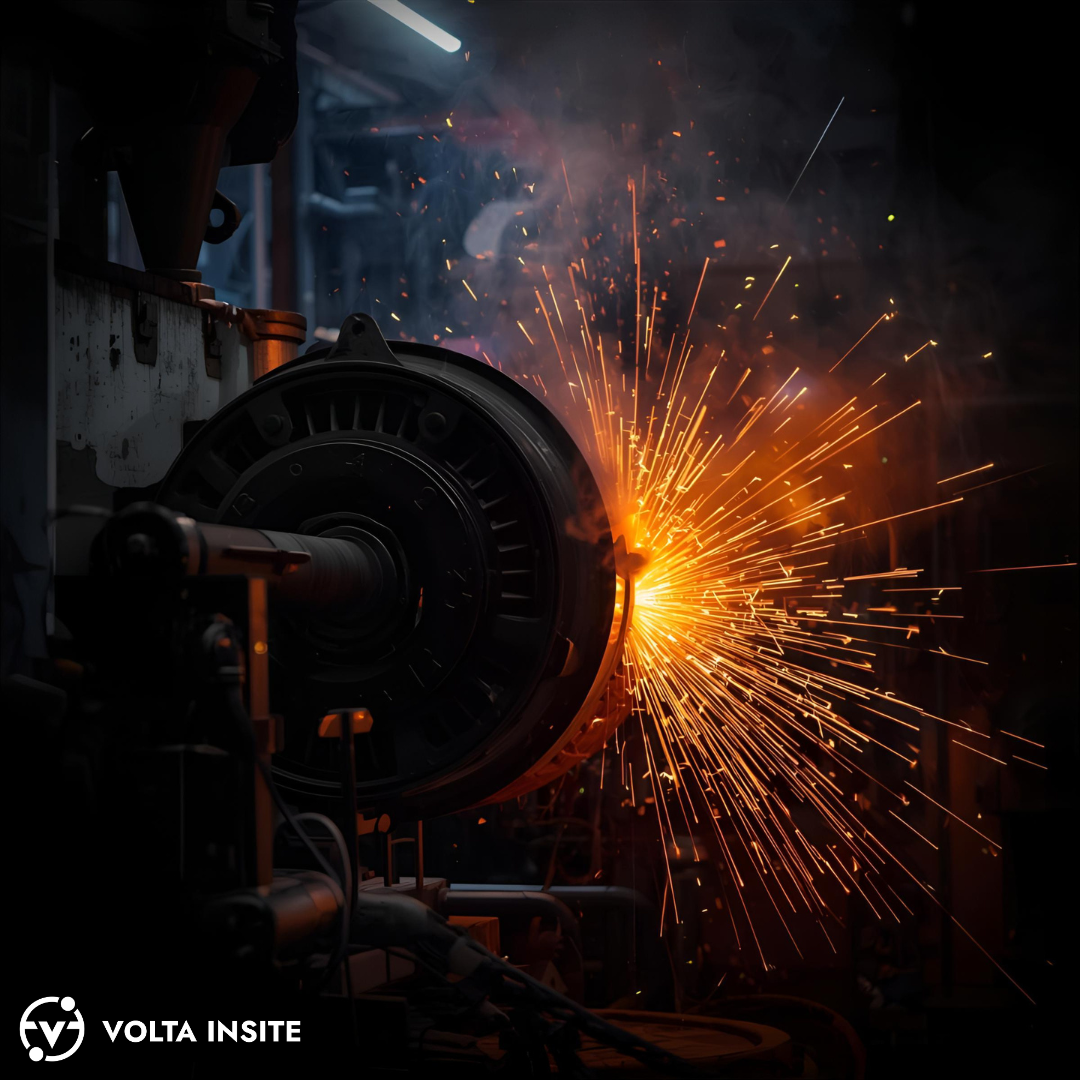
A Facility Manager’s Guide to Condition Monitoring
 08/10/2025
08/10/2025
 Back to Articles
Back to Articles

Facility managers are tasked with keeping buildings safe, efficient, and reliable, all while staying within tight budgets. One of the most effective ways to meet those demands is through condition monitoring, a strategy that provides real-time insights into the health of critical equipment. By tracking key performance indicators, facility managers can anticipate failures, reduce downtime, and extend the life of costly assets.
This guide breaks down what condition monitoring is, which metrics matter most, and why it’s essential for modern facility operations.
What Is Condition Monitoring?
Condition monitoring is the practice of continuously measuring the health of equipment and systems to detect problems early. Instead of waiting for a breakdown or relying on fixed service schedules, facility managers use data from sensors, meters, and monitoring tools to make informed maintenance decisions.
Think of it as a “health check” for equipment, the same way doctors monitor blood pressure or heart rate to catch issues before they become critical, condition monitoring identifies early warning signs in mechanical and electrical systems.
What Facility Managers Should Track
1. Vibration
For rotating machinery such as motors, pumps, and fans, vibration is a key indicator of health. Excessive vibration can signal misalignment, imbalance, or worn bearings. By monitoring vibration levels, facility managers can schedule repairs before a minor issue becomes a costly failure.
2. Power Quality
Electrical issues such as voltage drops, harmonics, or transients can cause sensitive equipment to malfunction, waste energy, and shorten asset life. Power quality monitoring helps facility managers identify these problems quickly, ensuring a stable and efficient electrical system.

3. Temperature
Overheating is a common symptom of electrical faults or mechanical wear. Thermal monitoring, often using infrared sensors or cameras, helps detect hot spots in motors, switchgear, and wiring before they pose safety risks or cause shutdowns.
4. Current and Load
Measuring current draw and load profiles can reveal inefficiencies and developing issues in electrical equipment. An unexpected spike in current, for example, might indicate insulation problems or motor winding failures.
5. Oil and Lubrication Quality
For facilities with heavy mechanical equipment, monitoring lubrication health is critical. Oil analysis can detect contamination or degradation that could lead to equipment seizure or breakdown.
Why Condition Monitoring Matters for Facilities
Condition monitoring isn’t just a technical exercise — it’s a strategic approach that delivers measurable benefits:
-
Reduced Downtime: Catch problems early and avoid unexpected outages.
-
Lower Maintenance Costs: Schedule repairs and replacements when they’re actually needed.
-
Extended Asset Life: Ensure equipment runs within safe parameters, delaying costly replacements.
-
Improved Safety: Detect faults before they create hazards for staff and tenants.
-
Energy Efficiency: Optimize systems to run at peak performance, lowering utility costs.
For facility managers, these benefits translate directly into budget justification and operational stability. Instead of reacting to crises, you can present executives with data that shows how proactive monitoring saves money and reduces risk.

How Volta Insite Supports Facility Managers
Volta Insite’s InsiteAI solution brings condition monitoring into sharp focus. Using advanced electrical signature analysis, real-time power quality monitoring, and AI-driven analytics, InsiteAI tracks the key indicators that matter most. Facility managers can access clear reports, actionable insights, and early warnings that allow them to stay ahead of failures.
With InsiteAI, you can:
-
Monitor vibration, power quality, and electrical performance in one platform.
-
Spot inefficiencies and hidden issues before they disrupt operations.
-
Provide executives with reliable data to support budget and maintenance planning.
-
Maximize uptime and reduce total cost of ownership for critical assets.
Condition monitoring is no longer optional for modern facilities, it’s essential. By knowing what to track and why, facility managers can make smarter decisions, protect budgets, and ensure reliability. With InsiteAI, you have the technology and insights to make it happen.


